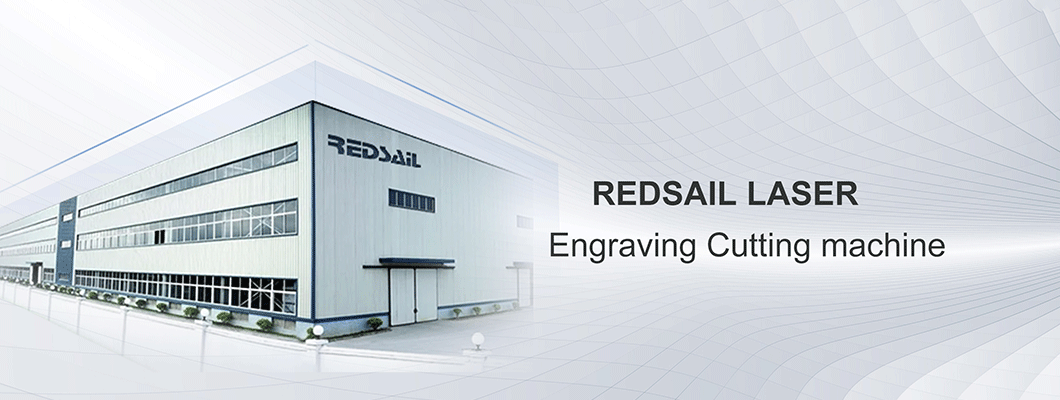
During laser melting cutting, the workpiece partially melts with the help of airflow and then sprays out. Due to the fact that material transfer only occurs in the liquid state, this process is called laser melting cutting in this clean state.
And this high-purity cutting gas laser beam can melt the material, but the gas itself does not participate in the cutting. The cutting speed of laser melting cutting is higher than that of gasification cutting. In laser melting cutting, the laser beam is usually only partially absorbed.
The maximum cutting speed of a laser cutting machine increases with the increase of laser power, which is almost inversely proportional to the thickness of the plate and the melting temperature. When the laser power remains constant, the air pressure at the slit and the thermal conductivity of the material are limiting factors. Laser melting of iron and titanium cannot obtain oxidation notches. For steel, the laser power density is between 104w/cm2 and 105W/cm2.
The difference between laser flame cutting and laser melt cutting is that the cutting gas is oxygen. The interaction between heated metals produces a chemical reaction that further heats the material. Due to this influence, for structural steel of the same thickness, the cutting speed obtained using this method is higher than that obtained by melt cutting.
On the other hand, the quality of the laser cutting machine's incision may be worse than that of melting cutting under the condition of characteristics. It will produce wider slit, larger Heat-affected zone and poor edge quality. And this type of laser flame cutting is not suitable for processing precision models. The power of the laser determines the cutting speed. But the limiting factors are the oxygen supply and the thermal conductivity of the material.
In the process of laser vaporization cutting, the material vaporizes at the slit, which requires high laser power. The thickness of the material should not exceed the diameter of the laser beam. Therefore, this process is only suitable for applications where it is necessary to avoid excluding molten materials.
In fact, this process is only used in very small fields of iron-based alloys. This process cannot be used for non molten materials such as wood and some ceramics, and steam cannot condense again. In laser vaporization cutting, beam focusing depends on beam quality.
The laser power of a laser cutting machine has only a certain impact on the optimal focusing position. When the plate thickness is constant and the laser power is sufficient, the maximum cutting speed of the laser cutting machine is limited by the gas jet speed.

Leave a Comment